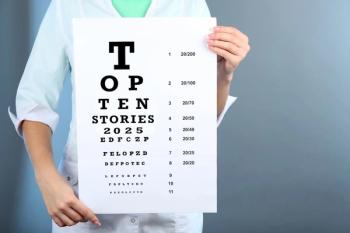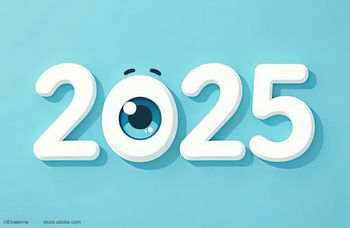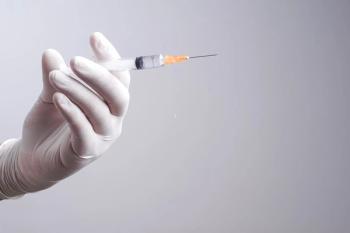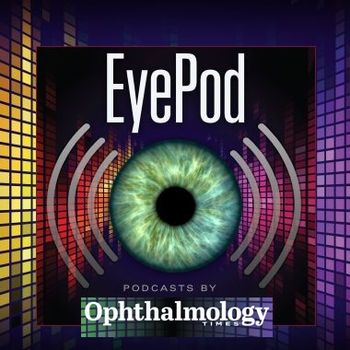
First US patient receives Eyetronic glaucoma treatment at Glaucoma Center of San Francisco

Key Takeaways
- Eyetronic therapy offers a novel approach by electrically stimulating the optic nerve, potentially reversing vision loss in patients with glaucoma.
- The ongoing clinical trial, led by Dr Sunita Radhakrishnan, evaluates Eyetronic's effectiveness in patients with glaucoma progression despite adequate IOP control.
Eyetronic is a noninvasive treatment for glaucoma that provides external neural stimulation to the optic nerve of patients.
The Glaucoma Center of San Francisco has announced the first treatment of a patient in the US with the noninvasive Eyetronic nerve-stimulating therapy.
The current standard of glaucoma treatment focuses on lowering IOP. Optic nerve stimulation with the Eyetronic device has been shown to halt vision loss and, in some cases, even reverse damage so that some vision is restored.1
The therapy provides external neural stimulation to the optic nerve of patients suffering from glaucoma. It operates based on “the knowledge that tissue is not completely destroyed when the optic nerve is damaged” and that “retinal ganglion cells may survive but are malfunctioning.”2
This new treatment is part of a clinical trial led by Sunita Radhakrishnan, MD, the principal investigator of the study. She commented in a press release from the Glaucoma Research Foundation, saying, "Electrical neurostimulation therapy for glaucoma is unique in its potential to stabilize and perhaps even improve visual function. Our trial is designed to evaluate whether Eyetronic therapy may be beneficial in patients with glaucoma progression despite seemingly adequate IOP control. We look forward to analyzing initial data, sharing preliminary results in early 2026.”
The device has been tested in a randomized, placebo-controlled, double-blind trial carried out by university clinical centers such as the Charité in Berlin,
Germany. On average, an improvement of 24% of the visual field was observed in the treatment group.3
Currently, the therapy has been applied to more than 1000 patients in Europe without a single serious adverse event reported. The therapy consists of 10 sessions of about 60 minutes each, applied on 10 consecutive business days, where the optic nerve is stimulated electrically by using special goggles.4
This study was funded in part by the Glaucoma Research Foundation.
References
New noninvasive glaucoma treatment offered for first time in US. News release. Glaucoma Research Foundation. July 21, 2025. Accessed July 22, 2025.
https://www.prnewswire.com/news-releases/new-non-invasive-glaucoma-treatment-offered-for-first-time-in-us-302509764.html Eyetronic. Eyetronic-Therapie. Accessed July 22, 2205.
https://eyetronic-therapie.de/en/ Gall C, Schmidt S, Schittkowski MP, et al. Alternating current stimulation for vision restoration after optic nerve damage: a randomized clinical trial. PLoS ONE. 2016;11(6):e0156134.
Eyetronic patient flier. Eyetronic. Accessed July 22, 2025.
https://eyetronic-therapie.de/wp-content/uploads/2025/04/Eyetronic-Patient-Flyer.pdf
Newsletter
Don’t miss out—get Ophthalmology Times updates on the latest clinical advancements and expert interviews, straight to your inbox.













































